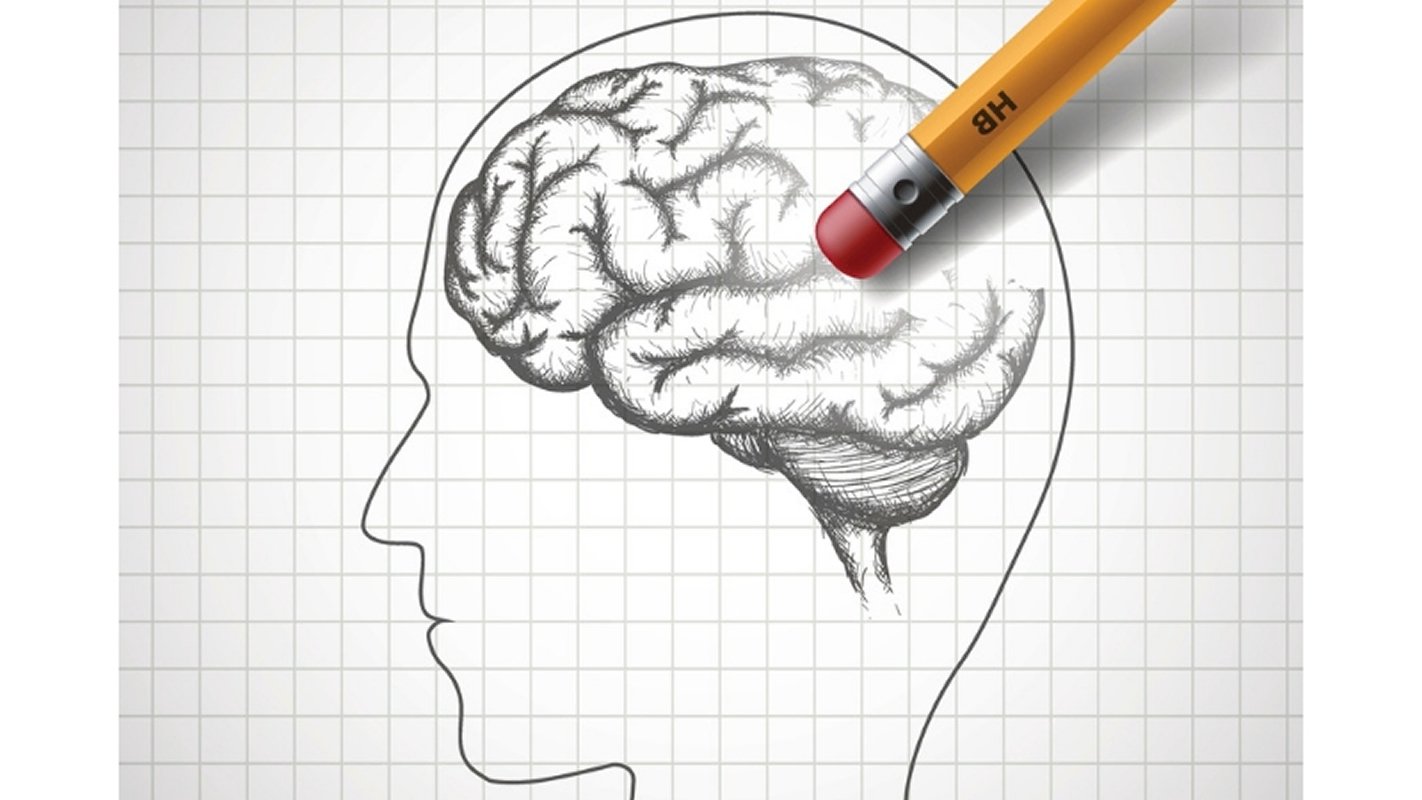Summary: Researchers have identified average levels of biological and anatomical brain changes associated with Alzheimer’s disease over thirty years before symptoms appear. In those with genetic risk factors for Alzheimer’s, researchers found changes in cognitive performance up to 15 years before becoming symptomatic. Changes in Tau levels in the cerebral spinal fluid appeared up to 34 years before dementia symptoms occurred, and physical changes to the medial temporal lobe were apparent up to 9 years before cognitive impairment was apparent.
Source: Johns Hopkins Medicine
In a records review of 290 people at risk for Alzheimer’s disease, scientists at Johns Hopkins say they have identified an average level of biological and anatomical brain changes linked to Alzheimer’s disease that occur three to 10 years — some even more than 30 years — before the disease’s first recognizable symptoms appear.
“Our study suggests it may be possible to use brain imaging and spinal fluid analysis to assess risk of Alzheimer’s disease at least 10 years or more before the most common symptoms, such as mild cognitive impairment, occur,” says Laurent Younes, Ph.D., professor and chair of the Department of Applied Mathematics and Statistics at The Johns Hopkins University. A report of their findings was published online April 2 in Frontiers in Aging Neuroscience.
Younes cautions that brain changes vary widely in people and that their research findings reflect an average level of such changes in a small group of research subjects. As a result, he says, the scientists cannot yet use them to draw any precise conclusions about brain changes in individual people. Nor, they say, are there any drug or other interventions yet known to slow or stop the disease process even if the risk is identified early. But the work, he adds, could lead eventually to a test to determine an individual’s relative risk for Alzheimer’s disease and to guide the use of treatments when and if they are developed.
For the study, the scientists reviewed medical records collected from 290 people age 40 and older by the National Institutes of Health and the Johns Hopkins University School of Medicine as part of the BIOCARD project, an effort to develop predictors of cognitive decline. It is currently directed by Johns Hopkins neurologist Marilyn Albert, Ph.D.
Most of the 290 people had at least one first degree relative with dementia of the Alzheimer’s disease type, putting them at higher than usual risk.

As part of the BIOCARD studies, scientists collected cerebrospinal fluid and performed MRI brain scans of study participants every two years between 1995 and 2005. They also conducted five standard tests of memory, learning, reading and attention annually from 1995 to 2013.
Because all 290 participants were cognitively normal when the study began, the scientists were able to track various biological and clinical features associated with Alzheimer’s disease in the years leading up to the appearance of symptoms. By the time of their last appointment with the BIOCARD project, 209 study participants remained cognitively normal, and 81 were diagnosed with mild cognitive impairment or dementia due to Alzheimer’s disease.
In the 81 people who developed cognitive problems or dementia, the Johns Hopkins team found subtle changes in cognitive test scores 11 to 15 years before the onset of clear cognitive impairment. They also found increases in the rate of change of a protein called Tau, which has long been considered a marker of Alzheimer’s disease, in cerebrospinal fluid an average of 34.4 years (for t-tau, or total Tau) and 13 years (for a modified version called p-tau) before the beginning of cognitive impairment.
Michael Miller, Ph.D., will discuss this research at the Johns Hopkins Science Writers’ Boot Camp on June 10 at the National Press Club in Washington, D.C. Learn more and register for the free, daylong immersion in topics about mental health and addiction.
Source:
Johns Hopkins Medicine
Media Contacts:
Rachel Butch – Johns Hopkins Medicine
Image Source:
The image is credited to Johns Hopkins Medicine.
Original Research: Open access
“Identifying Changepoints in Biomarkers During the Preclinical Phase of Alzheimer’s Disease” Laurent Younes, Marilyn Albert, Abhay Moghekar, Anja Soldan, Corinne Pettigrew and Michael I. Miller.
Frontiers in Aging Neuroscience. doi:10.3389/fnagi.2019.00074
Abstract
Identifying Changepoints in Biomarkers During the Preclinical Phase of Alzheimer’s Disease
Objective: Several models have been proposed for the evolution of Alzheimer’s disease (AD) biomarkers. The aim of this study was to identify changepoints in a range of biomarkers during the preclinical phase of AD.
Methods: We examined nine measures based on cerebrospinal fluid (CSF), magnetic resonance imaging (MRI) and cognitive testing, obtained from 306 cognitively normal individuals, a subset of whom subsequently progressed to the symptomatic phase of AD. A changepoint model was used to determine which of the measures had a significant change in slope in relation to clinical symptom onset.
Results: All nine measures had significant changepoints, all of which preceded symptom onset, however, the timing of these changepoints varied considerably. A single measure, CSF t-tau, had an early changepoint (34 years prior to symptom onset). A group of measures, including the remaining CSF measures (CSF Abeta and phosphorylated tau) and all cognitive tests had changepoints 10–15 years prior to symptom onset. A second group is formed by medial temporal lobe shape composite measures, with a 6-year time difference between the right and left side (respectively nine and 3 years prior to symptom onset).
Conclusion: These findings highlight the long period of time prior to symptom onset during which AD pathology is accumulating in the brain. There are several significant findings, including the early changes in cognition and the laterality of the MRI findings. Additional work is needed to clarify their significance.






